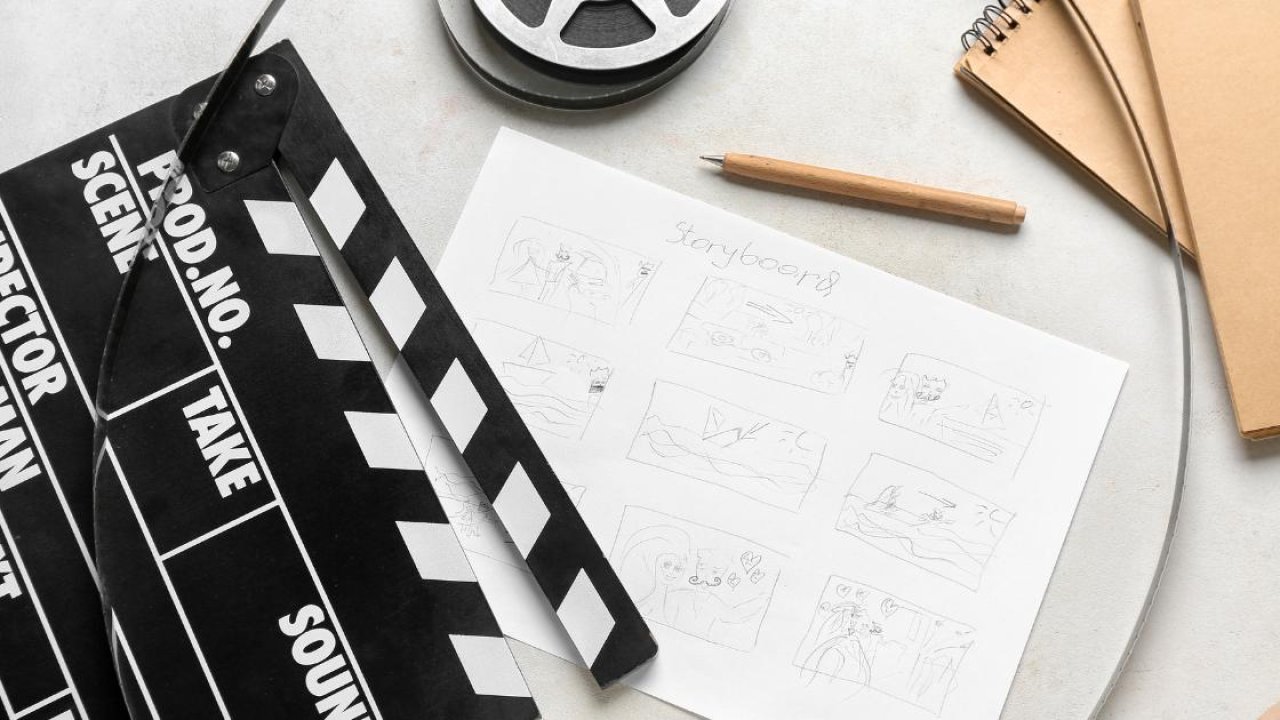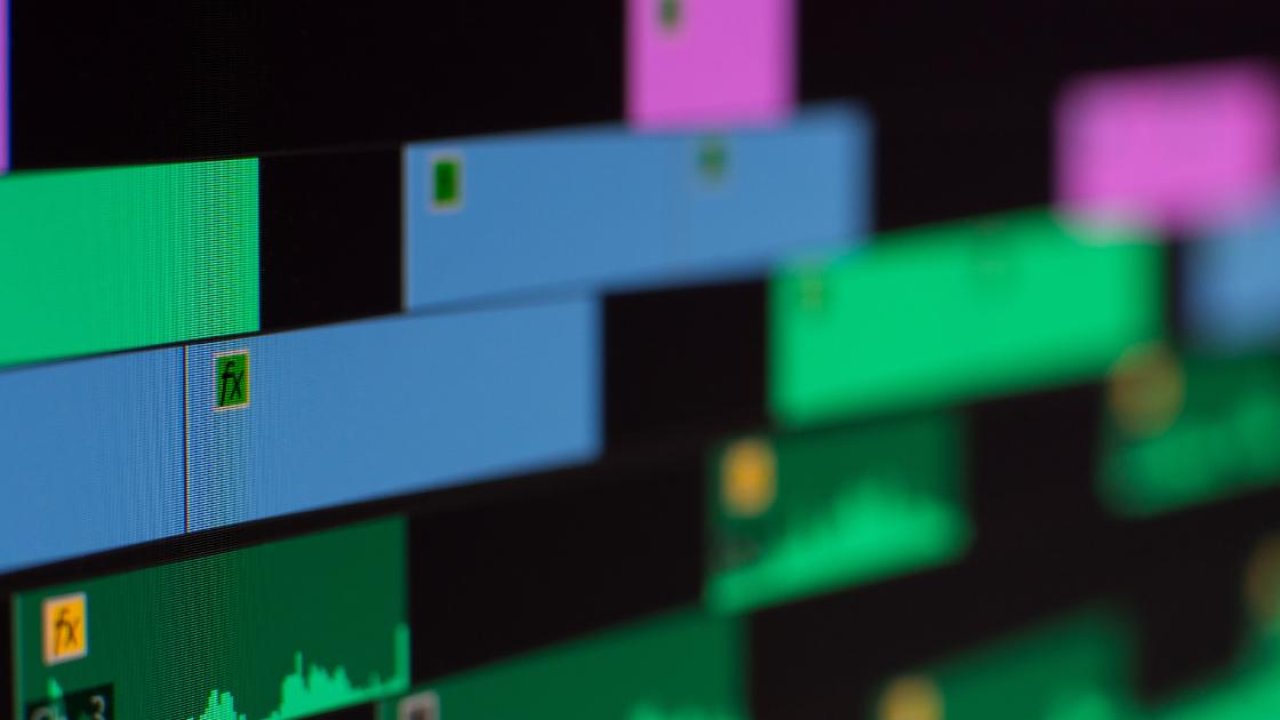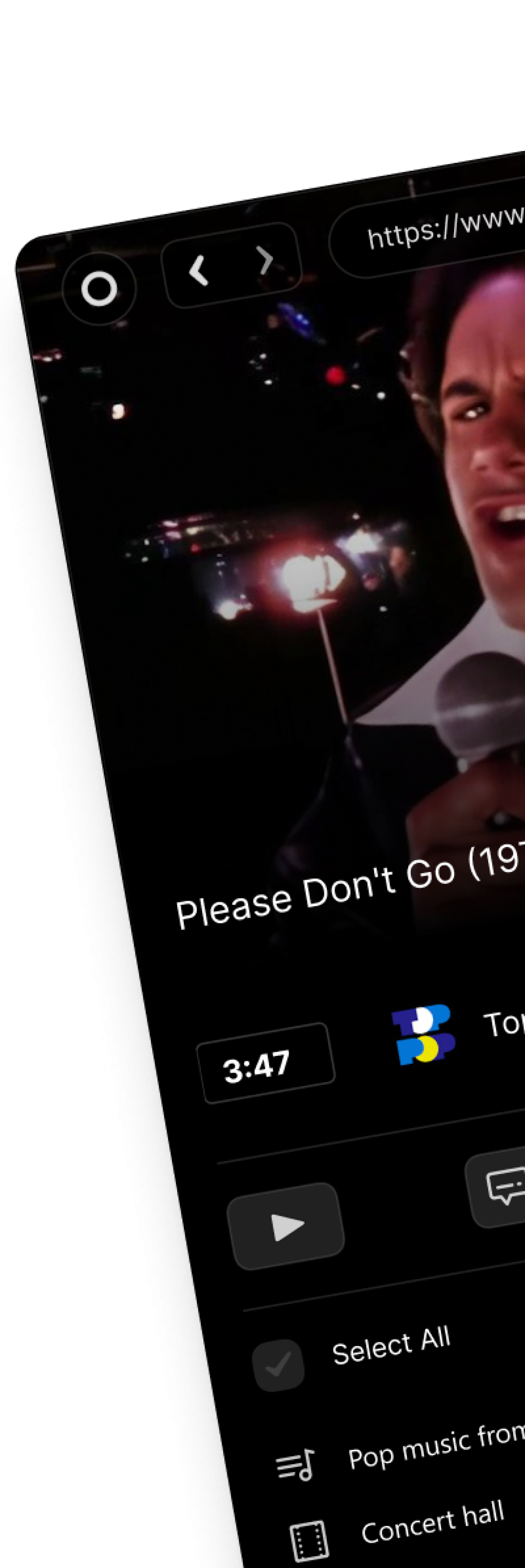Must-Know YouTube Vocabulary and Terms for Creators and Viewers
⏱ Reading Time: 9 min.
📅 Posted on: June 13th, 2024
Navigating YouTube can feel like learning a new language with its unique set of terms and phrases. Whether we're creators or avid viewers, understanding this vocabulary can enhance our experience and help us communicate more effectively.

From "thumbnails" to "monetization," these terms play a crucial role in how we interact with content on the platform. Let's dive into the essential YouTube vocabulary that every user needs to know to stay ahead in this dynamic digital landscape.
Key Takeaways
Understanding key YouTube terms like "thumbnails," "tags," and "monetization" enhances both content creation and viewer engagement.
Knowledge of YouTube Studio, playlists, and channel banners is crucial for effective channel management.
Familiarity with monetization tools such as AdSense, Super Chat, and the YouTube Partner Program can optimize revenue streams.
Mastering analytical metrics like watch time, click-through rate, and audience retention helps improve content strategy and channel performance.
Grasping technical vocabulary related to video formats, resolutions, and audio specifications can significantly enhance video and audio quality.
Utilizing community and communication terms effectively, such as engagement, replies, and dealing with trolls, ensures a vibrant and positive viewer community.
Key Terms Every YouTuber Should Know
Understanding YouTube's terminology enhances content creation and viewer engagement. Here are essential terms for every YouTuber.

Common Video Terms
Thumbnail
The thumbnail is the small, clickable image that represents a video. It significantly impacts click-through rates. Custom thumbnails are preferred for their tailored visuals.
Tags
Tags are keywords added to a video to help categorize content and improve discoverability. Effective tagging can enhance search results and visibility.
End Screen
An end screen is an element added in the last 5-20 seconds of a video, promoting other content, encouraging subscriptions, or directing viewers to external websites.
Channel Management Terms

YouTube Studio
YouTube Studio is the central hub for managing a YouTube channel. It offers analytics tools, video editing features, and comment management functionalities.
Playlists
Playlists are collections of videos organized by the creator. They aid in retaining viewers and increasing overall watch time by providing a continuous viewing experience.
Channel Banner
The channel banner is the large banner displayed at the top of a YouTube channel page. It visually represents the brand and provides viewers with relevant information, like upload schedules or social media links.
Monetization and Revenue Terms
AdSense
AdSense is Google's advertising program that enables YouTubers to earn money by displaying ads on their videos. Eligibility criteria include having at least 1,000 subscribers and 4,000 watch hours in the past year.
Super Chat
Super Chat allows viewers to pay for their messages to be highlighted during live streams. This feature provides an additional revenue stream for creators.
YouTube Partner Program (YPP)
The YouTube Partner Program offers eligible channels monetization opportunities. Participants gain access to ad revenue, channel memberships, and other monetization features.
Understanding these terms is crucial for optimizing your YouTube channel and enhancing the experience for your viewers.
Analytical Terms on YouTube
Creators harness a range of analytical terms to measure and understand their channel’s performance. Here, we explore critical metrics related to views and audience retention.

Understanding Views and Engagement Metrics
Views represent the count of times users watch a video. This number rises as more people watch the video multiple times. Engagement metrics, such as likes, comments, and shares, determine how interactive and compelling a video is. High engagement often boosts a video’s visibility in YouTube’s algorithm.
Watch Time: Measures the cumulative minutes viewers spend watching videos. YouTube prioritizes content with higher watch time as it indicates viewer interest.
Click-Through Rate (CTR): The percentage of viewers who clicked on a video’s thumbnail after seeing it as an impression. A higher CTR suggests an effective thumbnail and title strategy.
Average View Duration: Indicates the average time spent watching a video. Longer view durations imply that viewers find the content valuable and engaging.
Insights on Audience Retention
Audience Retention showcases the percentage of a video watched by viewers. High retention often correlates with high-quality content. Analyzing retention rates helps creators understand which parts of their videos are most and least engaging.
Absolute Audience Retention: Displays the exact percentages of views throughout a video. This metric highlights specific moments viewers may either leave or stay.
Relative Audience Retention: Compares the video’s performance to other content of similar length on YouTube. A higher relative retention rate signifies strong viewer interest compared to other videos.
Drop-off Points: Identifies sections where viewers typically stop watching. Recognizing these points assists in refining content to maintain viewer interest.
Understanding these terms equips us with the knowledge to optimize our YouTube channels and elevate our content, ensuring sustained viewer engagement and improving channel growth.
Technical Vocabulary for Content Creation
Understanding key technical terms in content creation enhances video quality on YouTube. Below are essential vocabularies for video and audio aspects.

Video Formats and Resolutions
Video formats specify how video data is compressed and stored. MP4 is widely used for YouTube uploads because of its compatibility and quality. Another common format is MOV, which is favored by Apple users.
Resolutions determine the video's clarity. For standard settings, 1080p (Full HD) offers high quality suitable for most content. For ultra-clear visuals, creators might use 2160p (4K). In some instances, lower resolutions like 720p can be selected for faster loading times.
Audio Terms and Specifications
High-quality audio is crucial for viewer retention. Bitrate describes the amount of data processed per second, measured in kbps. For clear audio, a bitrate of 128 kbps or higher is recommended. The sample rate, expressed in kHz, like 44.1 kHz or 48 kHz, measures audio frequency. Higher sample rates yield better sound quality.
Mono and stereo refer to audio channels. Mono uses one channel, best for voice recordings, while stereo uses two, ideal for music and ambient sounds. Properly understanding these terms allows for optimizing content creation.
This technical knowledge, combined with effective content strategies, can significantly enhance viewer experience and channel performance on YouTube.
Navigating YouTube's Interface
Navigating YouTube's interface involves understanding its features. This knowledge helps maximize efficiency for content creators.
Key Features of the YouTube Dashboard
The YouTube Dashboard serves as the central hub for managing a channel. It features essential metrics that provide valuable insights into channel performance.
Channel Analytics: This tool offers data on views, watch time, and subscriber growth. Analyzing these metrics informs content strategies.
Recent Uploads: This section displays the most recent videos added to the channel. It helps keep track of current content and viewer engagement.
Comments Section: This section allows quick access to recent comments. Engaging with viewers through comments fosters community building.
News and Updates: This area provides the latest updates from YouTube. Keeping current with updates ensures using the platform's new features.
Overview of YouTube Studio
YouTube Studio is a comprehensive management tool. It offers advanced options for video and channel optimization.
Video Manager: This feature allows the organization and editing of videos. It includes options for altering titles, descriptions, and tags.
Analytics: Similar to Dashboard Analytics but more detailed. It covers specifics such as traffic sources, audience demographics, and real-time views.
Monetization: This section manages AdSense, YouTube Partner Program status, and ad formats. Understanding these options maximizes revenue potential.
Customization: This tool offers options to personalize channel layout. Customizing layout enhances the channel's visual appeal and user experience.
Audio Library: This repository provides free music and sound effects for videos. Using these assets enriches the content while adhering to copyright laws.
By mastering the YouTube Dashboard and YouTube Studio, we gain the tools to effectively manage and grow a channel, enhancing both viewer engagement and content quality.
Community and Communication Terms
Building a strong community and effectively communicating with viewers is essential for success on YouTube. This section covers key terms related to community interaction and addressing negative behavior.
Interacting with Viewers
Engagement: Viewers who comment, like, share, or subscribe enhance channel growth. Respond to comments to create a sense of community and appreciation.
Replies: Respond to comments to show viewers their input is valued. Use the 'Reply' button to engage directly with individual commenters.
Likes and Dislikes: Acknowledge likes to encourage positive feedback. Understand that dislikes, while potentially discouraging, also contribute to video engagement metrics.
Pins: Highlight important comments by pinning them at the top of the comments section. Use this feature to address common questions or share important updates.
Hearts: Use the 'Heart' feature on comments to show appreciation effectively. It signals to viewers that their contributions are noticed.
Dealing with Trolls and Negative Comments
Moderation Tools: Utilize YouTube's built-in moderation tools which include blocking, hiding users, and setting up filters for offensive language to maintain a positive environment.
Report: Always report trolls and abusive comments using the report function if they violate YouTube's community guidelines. This ensures a safer community for everyone.
Hidden Users: Hiding users is a useful way to prevent trolls from disrupting conversations. Their comments will still appear to them, but won't be visible to others.
Keyword Filters: Set up custom keyword filters to automatically hold comments containing specific, pre-defined keywords for review. This preemptively curtails negativity.
Constructive Feedback: Differentiate between constructive criticism and outright negativity. Use the constructive feedback to improve content and ignore baseless negative comments.
Effectively managing viewer interactions and addressing negative comments ensures that the channel's community stays engaged, vibrant, and positive.
Legal and Copyright Terms
Understanding the legal and copyright terms on YouTube is crucial for any content creator. This knowledge helps in complying with regulations and safeguarding content.
Understanding Copyright on YouTube
Understanding copyright on YouTube prevents unlawful content use. Copyright protects original works, covering music, videos, and more. When uploading, ensure the content is original or properly licensed. Using copyrighted material without permission may lead to copyright claims or strikes. Familiarize yourself with YouTube's Copyright Center for detailed guidelines.
Dealing with Copyright Strikes and Claims
Dealing with copyright strikes and claims requires prompt action. A copyright strike occurs when a copyright owner submits a valid legal request to remove your content. Strikes can result in penalties, including account suspension. Copyright claims, often made through Content ID, allow rights holders to monetize or restrict your video. Resolve claims by appealing through YouTube Studio or removing the infringing content. Protect your channel by consistently following copyright rules and using royalty-free or licensed content.
Conclusion
Mastering YouTube's vocabulary and terms is essential for both creators and viewers to make the most of the platform. By familiarizing ourselves with key concepts like thumbnails, tags, and end screens, we can enhance our content and engagement strategies. Understanding monetization terms and community interaction can also significantly impact our success on YouTube.
Additionally, being aware of legal and copyright issues ensures that our content remains compliant and protected. By following these guidelines, we can create a thriving YouTube channel that resonates with our audience and stands the test of time. Let's continue to learn and adapt to make the most of our YouTube journey.
Frequently Asked Questions
What are YouTube thumbnails?
Thumbnails are the preview images that viewers see before clicking on a video. They play a crucial role in attracting viewers and increasing your video’s click-through rate.
What is YouTube Studio?
YouTube Studio is an online dashboard for managing your YouTube channel. It allows you to upload videos, track performance analytics, and interact with your audience.
What is the purpose of tags on YouTube?
Tags help categorize your video content, making it easier for YouTube to recommend your videos to the right audience. They improve your video’s searchability and help reach more viewers.
How do end screens work?
End screens appear in the last 5-20 seconds of a video, allowing creators to promote other content, channels, or call-to-action elements like subscriptions and external links.
What is AdSense?
AdSense is Google’s program that enables YouTube creators to earn money by displaying ads on their videos. Revenue is generated based on ad impressions and clicks.
What is the YouTube Partner Program (YPP)?
The YouTube Partner Program (YPP) allows creators to monetize their content through ads, memberships, and merchandise shelf. Eligibility requires meeting certain criteria such as 1,000 subscribers and 4,000 watch hours.
How can creators engage with their audience on YouTube?
Creators can engage with their audience through comments, likes, shares, polls, and community posts. Engaging with viewers builds a loyal community and increases channel growth.
How should creators handle negative comments and trolls?
Creators can manage negative comments and trolls by setting comment filters, moderating comments, and using YouTube’s tools to block or report abusive users.
What are copyright strikes?
Copyright strikes occur when you use copyrighted material without permission. Accumulating three strikes can result in the termination of your channel.
How can I protect my channel from copyright issues?
Always use licensed content, understand YouTube's copyright policies, and give proper attribution to content owners. Consider using YouTube’s Content ID system to manage your intellectual property.
